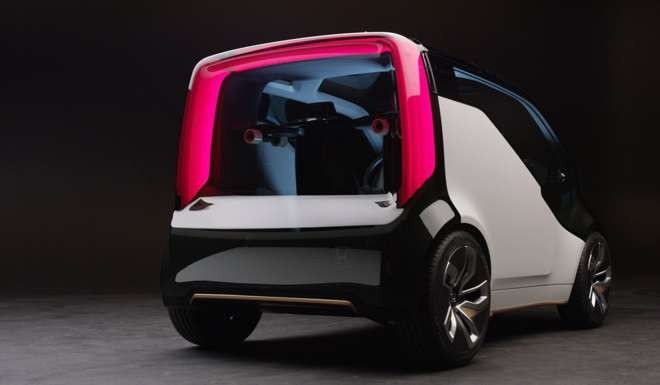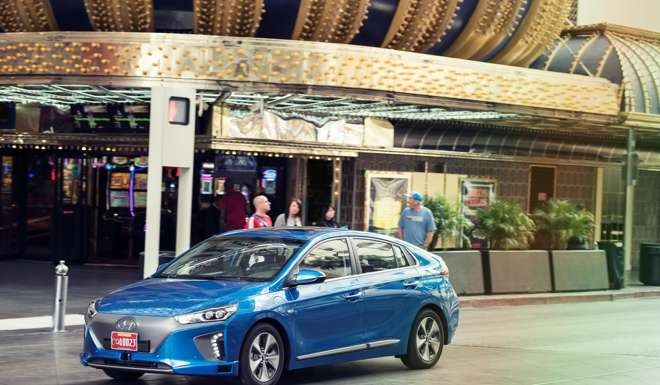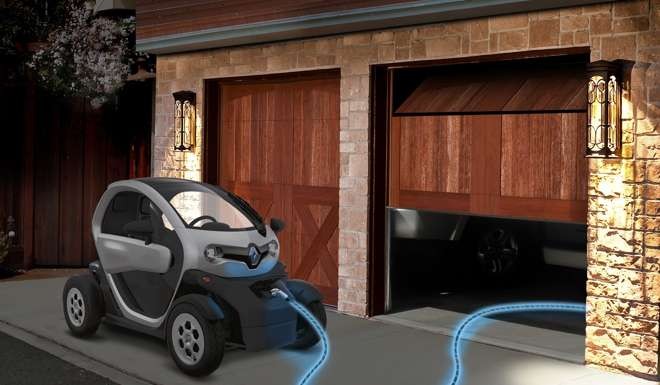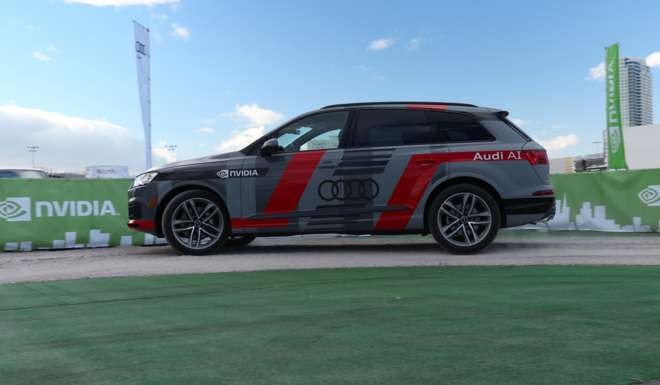
Hong Kong drivers are among the world’s worst, luckily artificial intelligence is coming

The annual Consumer Electronics Show (CES) in Las Vegas has become an important event in the car world as marques increasingly rely on hi-tech. At last week’s show, however, several car companies revealed their advances in artificial intelligence, and with concept cars that study their drivers’ habits, and then learn to anticipate their needs. However, questions remain whether automotive AI will be allowed to run in Hong Kong.

Japanese marques make seductively subservient AI. Nissan showed the 600km-range Nissan Leaf EV with ProPILOT autonomous functions for single-lane roads, and described how its Seamless Autonomous Mobility system helps cars to navigate obstacles. Like many carmakers, Nissan is teaming up with technology firms such as Japanese internet company DeNA in the development of driverless vehicles. It’s also tied in with Microsoft on the Microsoft Connected Vehicle Platform, which is built on the latter’s Azure, Office 365, Cortana and other cloud services. Nissan’s alliance with audio specialist Bose has also developed “sound management technology” in headrest speakers that helps drivers to react faster to audible vehicle, safety, navigation and message prompts. “A left-turn prompt will be heard by driver’s left ear,” Nissan says.

Meanwhile, the Honda NeuV (New Electric Urban Vehicle) has been developed on the marque’s realisation that privately-owned vehicles “sit idle 96 per cent of the time”. As a result, the NeuV is intended to drop you off, and then work its downtime, either as an automated ride-sharing vehicle, or selling energy back to the electric grid. The concept’s AI “emotion engine” is also expected to detect “the emotions behind the driver’s judgments and then, based on the driver’s past decisions, make new recommendations”.
The model’s “HANA” (for Honda Automated Network Assistant) can also “check on the driver’s emotional well-being, make music recommendations based on mood, and support the owner’s daily driving routine”. Honda also launched Safe Swarm technology for driver-to-driver road-information sharing, and has teamed up with Visa (for fuel purchases and parking) and DreamWorks Animation (for virtual reality content).

Also revealed was the autonomous Hyundai IONIQ, and the South Korean marque’s car-connectivity collaboration with Cisco. Its Mobility Vision concept attempts to dock and integrate a car into home living space, possibly doubling the space of a Hong Kong micro home. Hyundai’s Health + Mobility Concept monitors a driver’s commuting stress via cockpit sensors - and then allows them to “intentionally shift modes for increased personal productivity or relaxation”. The marque has also developed wearable exoskeletons for elderly or crippled drivers, and its portable, door-stored electric IONIQ Scooter could help park-and-scoot commuting in Hong Kong.

Meanwhile, Renault presented the POM compact, the world’s first open-source, mass-market vehicle. Based on its Twizy, the Renault POM has an automotive platform that allows start-ups, laboratories, customers and researchers “to copy and modify existing software to create a totally customisable electric vehicle”. The French marque also revealed the world’s first electroluminescent EV charging cable, and is also working with Redmond, Washington-based Sensoria to develop sensitive socks that improve drivers’ footwork – by transmitting speed, braking and acceleration data via an app.

Audi and its 12-year microchip partner NVIDIA presented an autonomous Audi Q7 with AI. The sport utility vehicle “incorporates deep neural networks – similar to the human brain’s – that enable it to learn how to respond to its environment”. The Q7 is guided by a 2-megapixel resolution front camera linked to a NVIDIA Drive PX 2 processing unit that recognises traffic signs and controls the steering.
“Beginning with a driver at the wheel, the Q7 ‘Deep Learning Concept’ gained a limited familiarity with the route and the surroundings, by means of observation and with the help of additional training cameras,” Audi says. “That established a correlation between the driver’s reactions and the occurrences detected by the cameras.” Once guided, the Q7 then acts “as the situation requires”, and then learns from its driver’s interventions.
Audi is also collaborating with Israeli tech firm Mobileye on a traffic jam pilot function for this year’s new A8. “This will enable the driver to let the vehicle take over full control at times,” the marque says. “With this step, the stage is set to begin the next decade with higher levels of [driving] automation.”
However, such technology may not run here. Hong Kong’s traffic is dense, with 741,950 licensed vehicles (as of October) on 2,101km of public road, and the Transport Department has been cautious about clever car electronics. Its officials reportedly took about five months to approve the Tesla Model S autopilot, and queried the company’s Calendar app in June.
Local versions of the latest BMW 7 Series also lack its driverless self-parking system. However, there’s hope: Hong Kong’s 353 drivers per kilometre might be among the world’s worst, but the latest AI might remind a few to use their indicators.